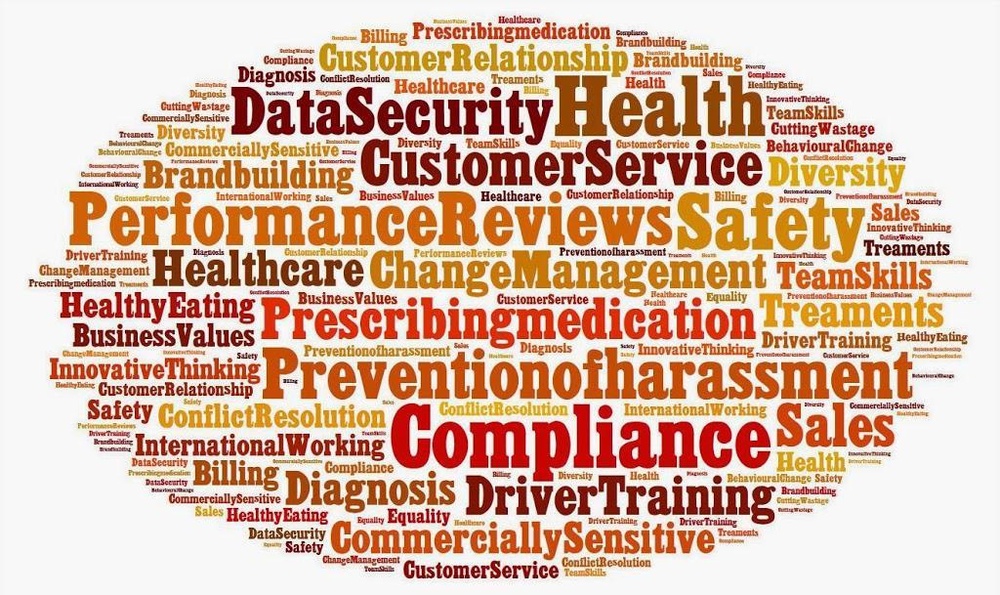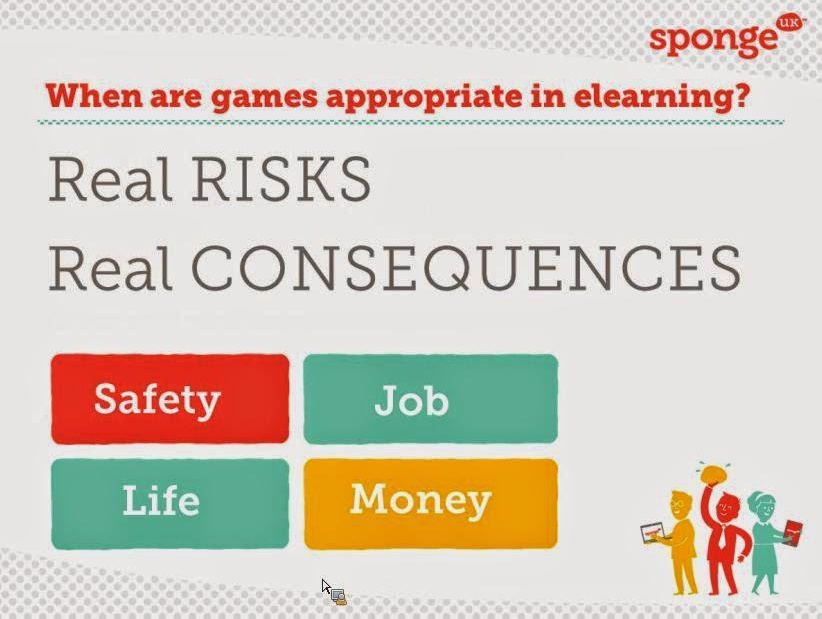When to use game elearning

In our recent webinar, Behind the Scenes of Creating Game eLearning,we asked delegates to think of a business challenge that could be addressed as an elearning game. As you might imagine, the suggestions were many and varied.

Suggestions of topics most suitable for an elearning game
Compliance and Health and Safety challenges were the most popular but what stood out was the breadth of topics. From conflict resolution to prescribing medicines, the possibilities are seemingly endless.
But is there a way to work out which business challenges are best suited to elearning games?
There are no hard and fast rules but some simple tips can aid decision-making in this area.
Real risks, real consequences
In our experience, elearning games are most effective when there are real risks and real consequences which can be explored as part of the learning. Before deciding whether a game is the right approach, think about the real-world ramifications and focus on topic areas where the stakes are high such as safety, job, life or money.

For example, health and safety is a good candidate for game elearning because it has real workplace relevance and could ultimately impact on the employee’s safety or the safety of the public. A game which helps an employee to learn about protecting trade secrets would be compelling because getting it wrong could cost their job.
Likewise, a healthcare game about injectable medicines could explore the real life risks to patients.
The fun factor
Fun and games are linked in most people’s mind but it may be more helpful to think of fun as a by-product within the context of elearning. Using game elements may well make the learning more engaging and enjoyable but successful game elearning is really about deepening the experience. The game is the mechanism which allows a learner to explore, test, challenge, fail or succeed. It is about creating immersion not frivolity. Author and game designer, Dr Ian Bogost, has warned that without this depth, workplace games are just chocolate covered broccoli – a veneer to make something more palatable.
No go areas?
One of the delegates at our recent webinar asked a very good question; what topics are not suitable for game elearning? Obviously, the driver should be whether the learning objectives are best served by using a game or not. You may also need to consider the culture of your organisation and whether a game would be in keeping with your values and ethos. The audience you are trying to reach is a key consideration and the age profile of your workforce may influence your decision. What becomes clear is that a range of factors will help you determine when to use game elearning and it is always prudent to spend some time thinking it through before going ahead.